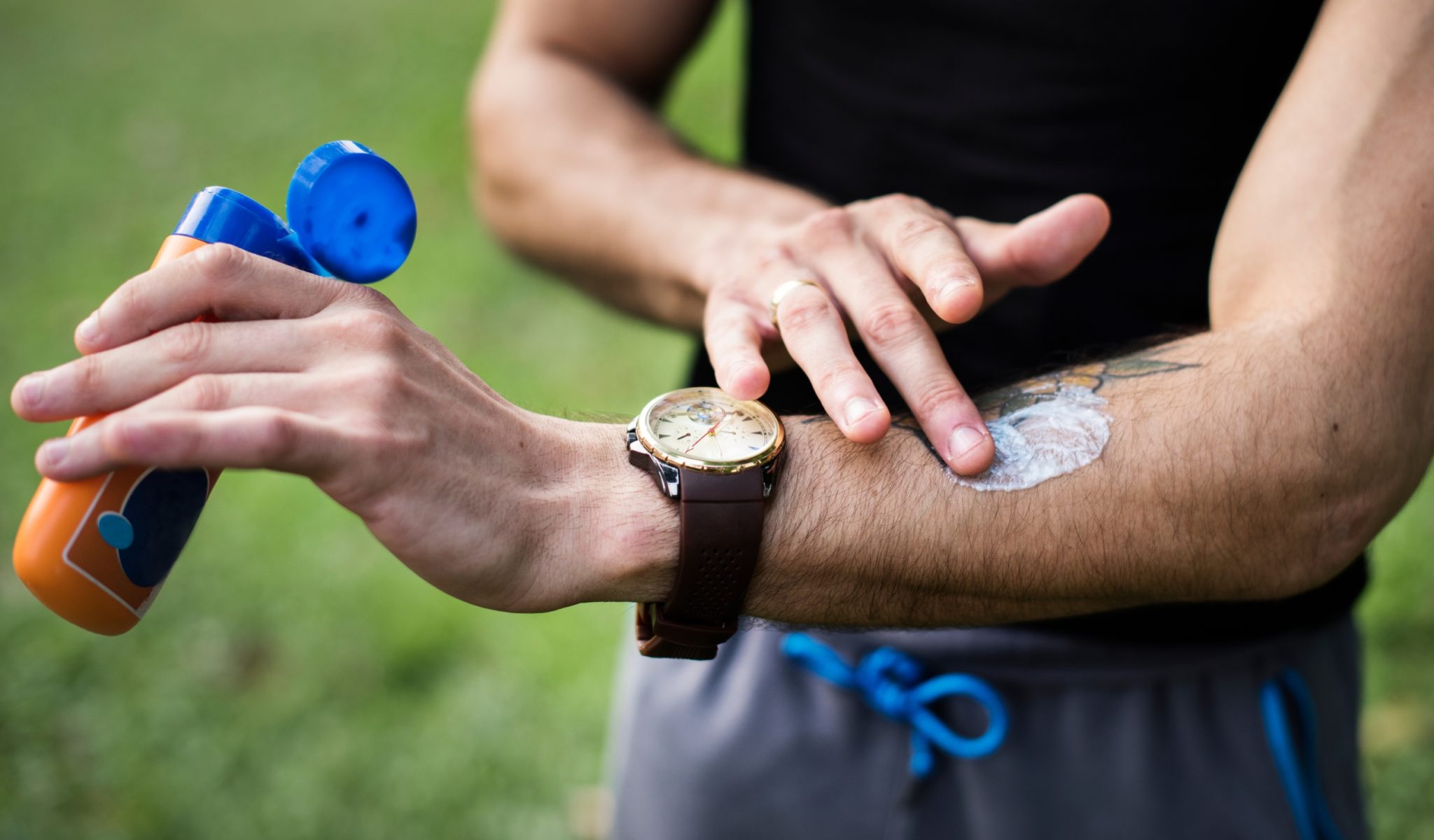
With the weather cooling down, many of us tend to relax our skin protection routine as we return to overcast and rainy days. But while the days aren’t as warm, your skin still needs to be protected just as much.
Take a look at five of our top facts on melanoma, and how you can reduce your risk.
1. Summer isn’t the only time of year to be mindful of the sun
Some of the highest levels of UV exposure in the world can be found in Australia. Sun protection is necessary throughout the year, even on overcast days. Be sure to check your local UV index each day, and if it’s over 3 you should use sun protection.
As the UV index is usually over 3, remember to protect yourself against the sun on a daily basis. Protect your skin in situations where you may see prolonged exposure to the sun, such as driving, ducking out for a coffee or walking your dog.
2. Check your skin regularly
Melanoma can be deceiving – often it can look like a freckle or mole, but you need to be aware if it starts to change. In other cases, it can look like a red, pink or white lump on your skin.
Take a look at your skin on a regular basis to watch for any changes. Look out for moles or freckles that aren’t symmetrical in shape, are missing a defined edge, consist of different shades, are over 6mm in size or appear to have changed recently – this could include physical appearance, but could also include bleeding or feelings of itchiness around the area.
3. Melanoma can develop on any part of your body
Unfortunately, melanoma isn’t limited to parts of your skin that receive sun exposure. It can develop on your skin on any part of the body – even the bits that don’t see the sun.
Keep an eye out for any changes in your skin by performing body checks. To perform a body check, find a well-lit area in front of a mirror and examine your body from head to toe. Start at your head and examine your scalp by sectioning your hair (you may need a little help from a family member or friend), and work your way to your ears, face, neck, shoulders, arms, and down your body. Remember to check parts of your body that may not see the sun very often, including under your arms.
If you’re not sure you will remember what your spots look like, you can take photos every few months to use as a point of reference.
4. Past sunburns can increase your future risk
Did you know that your past UV exposure can increase your risk of developing melanoma as an adult?
To help reduce their future risk, be sure to check that younger members of your family learn to use sun protection correctly. Encourage them to wear a hat while they’re playing outside, ensure that sunscreen is easily accessible to them and remind them that sunscreen should be applied roughly every two hours.
5. You can reduce your own risk
Prevention is the best cure. You can lessen your risk of developing melanoma by practicing sun safety.
- Use a high SPF sunscreen, and apply every two hours
- Cover up with long-sleeved shirts, hats and pants, and find shade when available
If you notice any changes to your skin, remember to book an appointment with a medical professional.
